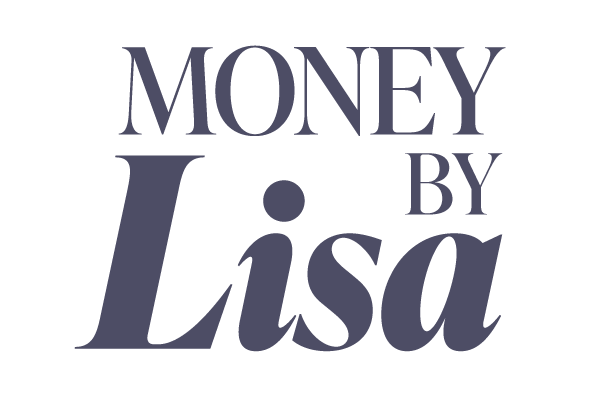Don’t Bother Me. I’m in My Happy Place.
I have been writing this blog since 2022, and somehow, some way, I have never written specifically about investment risk. And that has been on my mind a lot recently…but perhaps not in the way you might think.
As we are all talking about Warren Buffet this week, let me weigh in with one of my favorite Buffet-isms: “It's only when the tide goes out that you discover who has been swimming naked.” As the stock market has swooned this year (and then recovered, and then perhaps dropped again by the time I finish this blog), I have had numerous people tell me that they were pulling out of the stock market.
Now, I have posted thoughts online about market timing before and why it is usually mathematically illogical…but is that actually what these run-for-shelter investors are doing? Are they trying to time the market (a loser’s game), or are they finally recognizing that their appetite for market risk just ain’t what they thought it was? Have they found themselves standing naked on the shore? Much depends on what they do next…
If you panicked last month when you saw the plunge in your 401(k), 403(b) or TSP account and rejiggered your asset allocation to what you feel is “safer”, what will you do next month? Next year? Are you waiting for a specific signal or event to make another move? If so, what is it?
Here’s the thing: If you are basing changes in your portfolio on the market’s short-term histrionics, you are market timing. And it is very probable that you are failing at that.
On the other hand, if the drop in share prices revealed to you that your emotional tolerance for investment risk is less than what you supposed (i.e., you were swimming naked), and you have taken corrective action, then bravo! Ok, yes, it would have been nice to have had this revelation earlier. But if you have now arrived at your happy place — a balance between stocks and bonds that does not keep you up at night — you have won the investing game. But wait! There are two very important conditions:
That this “happy place” allocation syncs with the timeline for when you want to use the money you are investing (your goals). That is your risk capacity.
And, having found this correct balance based on your goals, you will stick with this allocation (unless your goal/timeline changes).
If your “happy place” is investing 100% of your retirement account in a money market fund and you are 30 years old, well, we need to talk. I don’t want to tell you that you are likely making a grievous error that will limit your future retirement security, but you probably are.
I believe that in pretty much all cases when someone who has the objective capacity to take on more investment risk but nevertheless makes an extreme decision to take on no risk at all, they are perfectly aware that this is not an optimal decision. They want to feel safe and decide that this is the price that they will pay. Unfortunately, this feeling of comfort usually doesn’t last terribly long — the nagging feeling that they made a mistake haunts them, stock prices start to tick up — and they reverse their decision. Inevitably, the market drops again, they flee again to safety…and rinse and repeat. It doesn’t feel like market timing…but it is.
The problem is that risk tolerance is an emotional concept, and sometimes our emotions are not particularly rational. That’s where education can help.
To bring this full circle, the hallmark of Buffet’s investing approach was patience. In his case, buying a stock and never, ever selling it. In your case, perhaps, patience may mean taking a beat before you make a major move in your portfolio. Here is the question I want you to pose to yourself: “If I make this change today, what will I do tomorrow?”
(Hey, I’d love to be in touch regularly. My free newsletter contains this blog, as well as other articles written by myself and others. Please consider subscribing by visiting the MoneyByLisa home page.)
